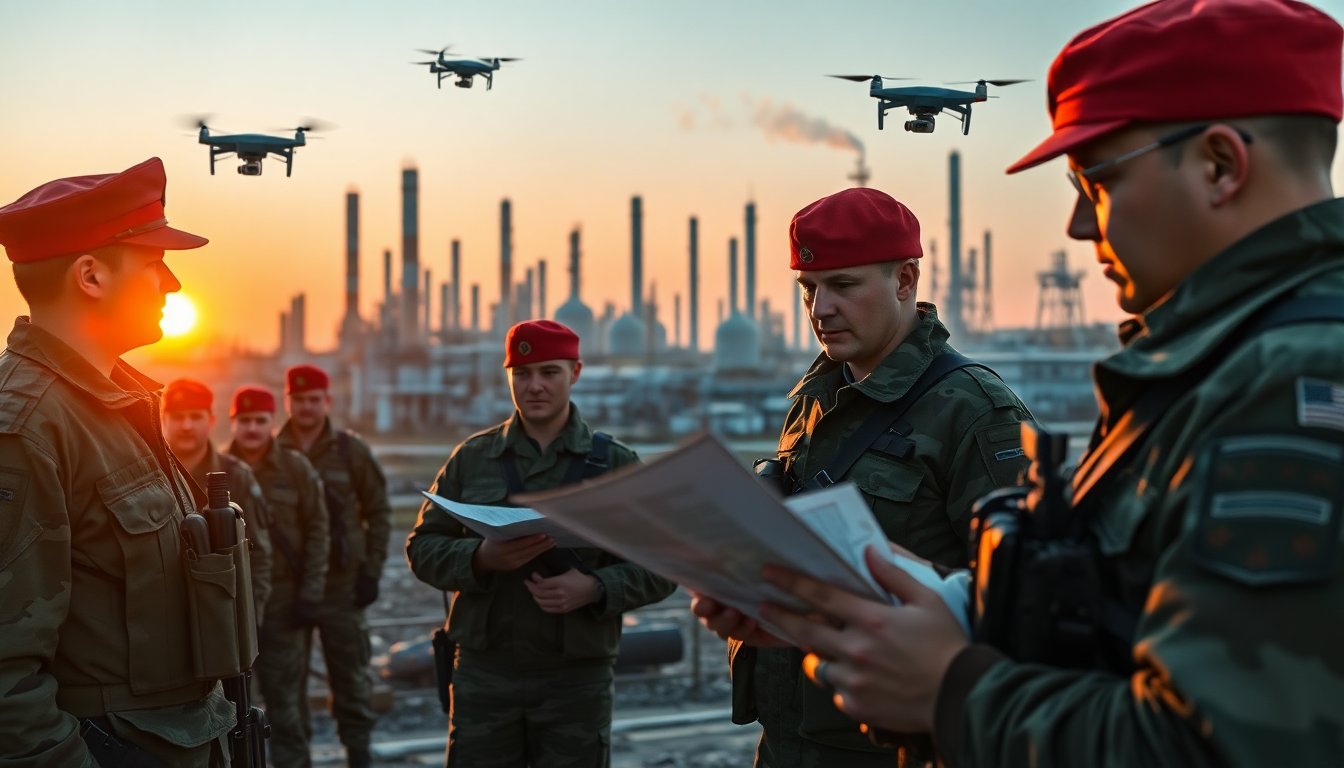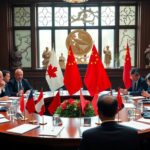Table of Contents
The landscape of Russia’s military readiness is undergoing significant transformation as both chambers of the country’s Parliament have approved new legislation facilitating the enlistment of reservists. This move aims to safeguard critical infrastructure against potential threats, particularly from Ukrainian drone strikes targeting essential energy, transport, and industrial sites.
Russia currently possesses a reserve force of approximately 100,000 individuals, a marked increase from just 2,000 in mid-2025. This surge in numbers coincides with the military buildup in anticipation of an invasion of Ukraine. Documents obtained by Meduza reveal an executive order issued by President Vladimir Putin in, outlining a military proposal to establish state-owned enterprises that would exclusively employ reservists.
Such initiatives have already been implemented in regions like Belgorod and Kursk following Yevgeny Prigozhin’s rebellion.
Legislative analysis and future outlook
Upon examining the newly passed legislation, Meduza notes that it lacks explicit limitations on the duration of the reservists’ special drills, which are currently set to last for 60 days.
Despite this, officials have made informal commitments to extend these practices as necessary. A significant aspect of this legislation is that once a reservist commits to active military service, they are removed from the mobilization reserve list. However, given their recent medical evaluations and prior training, they remain prime candidates for mobilization.
Strategic implications of reservist utilization
The introduction of this legislation serves a dual purpose. Firstly, it integrates individuals into military service without launching a full-scale mobilization, which could be politically sensitive. The military’s internal presentation, not intended for public release, candidly stated that utilizing reservists in state-owned enterprises would negate the need to draft civilians without the requisite skills for military operations.
Challenges for Russian deserters seeking asylum
As the situation within Russia evolves, those attempting to escape military conscription face increasing obstacles in Europe. A case in mid-June 2025 highlights the plight of a 21-year-old Russian national, Daniil Mukhametov.
After evading his conscription orders, he made a desperate leap from a train bound for Kaliningrad while traversing Lithuania. His subsequent journey to Finland, in hopes of asylum, resulted in his being one of over 100 Russian nationals ordered for deportation.
Local authorities in Finland assert that they are not obligated under UN regulations to grant asylum based solely on conscription fears, mistakenly claiming that Russia has officially ended its mobilization efforts. Consequently, Mukhametov faces the prospect of deportation back to Lithuania and potentially onward to Russia.
Regional tensions and military developments
In the broader context of military engagements, Ukraine’s Foreign Minister Andrii Sybiha has reported that Moscow has launched multiple attacks using ground-launched 9M729 missiles this year. The development of these missiles led to the U.S. withdrawal from the Intermediate-Range Nuclear Forces Treaty in 2019, with their deployment escalating shortly after a controversial meeting between Donald Trump and Vladimir Putin in Alaska.
Sybiha’s comments illustrate how Russia’s actions with the 9M729 missiles underscore a blatant disregard for U.S. diplomatic efforts aimed at resolving the ongoing conflict in Ukraine. When pressed for comments on Kyiv’s allegations regarding these missile attacks, Kremlin spokesperson Dmitry Peskov directed inquiries to Russia’s Defense Ministry, while reiterating the claim that the missiles do not breach the INF Treaty’s stipulations regarding range.
Diplomatic maneuvering in the U.S.
The dynamics between Kyiv and Moscow in their outreach to the United States have intensified since Trump’s return to the presidency. Both President Volodymyr Zelensky and President Vladimir Putin have sought to gain favor with the U.S. leader, each at times appearing to sway Trump to their respective viewpoints. However, this diplomatic dance has often shifted rapidly, reflecting the complexity of U.S. foreign policy in the region.
In recent months, both nations have refined their strategies to engage with Washington, crafting new frameworks to enhance their bilateral relations while attempting to appeal to Trump’s sensibilities. This tactical approach includes asserting that other countries are either disrespecting or attempting to mislead U.S. leadership, illustrating the intense diplomatic competition that persists.





